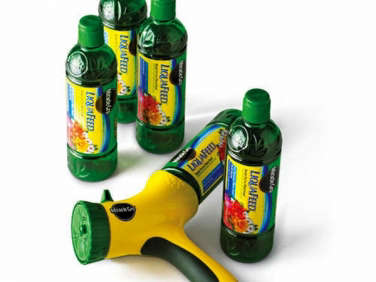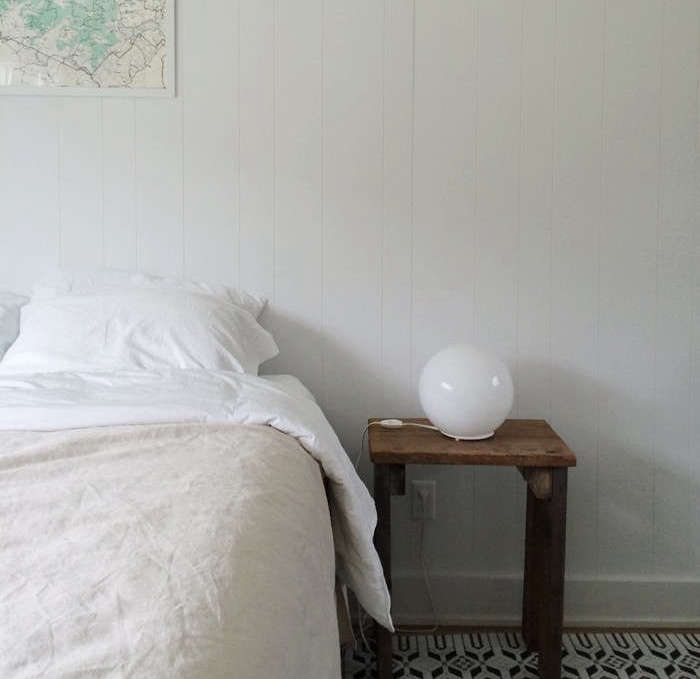Among the autumn rituals dear to the gardener’s heart is planning ahead: plant new trees and bulbs. They're insurance that you will have a beautiful, floriferous spring.
Normally, you do this at the last minute, trying desperately to get ahead of the first hard freeze by throwing the bulbs in a hole and promptly forgetting where they are buried. The advantage of a careless approach is that when March or April comes around, the flowers that appear are a total surprise. However it’s not so delightful to dislodge a whole nest of bulbs by accidentally digging into them when you are trying to plant something else.

Above: This year take a more organized approach. Drawing up a little map of where you plan to plant bulbs doesn’t take long and will become a valuable document later when you are adding perennials or putting amendments into the soil. If you are plagued by clever and voracious rodents such as squirrels, be aware that some bulbs are more attractive to them than others. Tulips, for instance, seem to appear to be candy bars to little squirrelly eyes. On the other hand, daffodils and snowdrops contain a bitter, poisonous chemical that rodents will not eat.
Above: Choose bulbs that are firm and unblemished. It is good to buy a variety of types of bulbs so you will get a succession of blooms. If your existing "soil" feels more like hard-packed clay, amend it with a product such as Miracle-Gro Garden Soil, which feeds for up to three months.
Plant bulbs in clumps with the top or pointy side facing up. If it’s not clear which side is the top of the bulb, place it in the ground on its side. Pay close attention to the proper planting depth for each type of bulb. That can be calculated by measuring the diameter of the bulb and planting it three times as deep. A 2-inch hyacinth bulb should be planted 6 inches down.

Before you put your bulbs in the ground make sure the soil is loose so it will drain well. Bulbs spending the winter in soggy ground could rot and turn your spring vision of loveliness into a misery of disappointment. Dig a hole 2 to 3 inches deeper than the depth required for your largest bulb. Fill the bottom of the hole with soil mixed with organic matter such as compost. Place the bulbs in layers according to their required depth, twice as far apart as their diameter.

Be mindful to arrange the bulbs so that short plants will not be obscured by taller ones. To give a more natural look to the flower display, group the bulbs in clumps of three or five. Once you have filled in the hole, water the bulbs thoroughly to settle them in the ground. Cover the area with 2 to 3 inches of mulch or plant some perennial ground covers that the bulbs will grow through in the spring. To feed a newly planted bed, consider an all-purpose plant feeder such as Scotts LiquaFeed.

Now you are free to relax and contemplate the miracle of a bulb: an entire plant residing in a tiny fleshy container. Bulbs are truly one of nature’s most amazing ideas. All winter, while the gardener stays inside under a blanket and taking it easy, the bulbs are busily at work developing a mighty root system and getting ready to fill your garden with brilliant color.
Above: When planting a tree, dig a hole twice as big around as the root ball. After planting, feed the new tree with a product such as Scotts Miracle-Gro Tree and Shrub Fertilizer Spikes which deliver continuous release feeding.










Have a Question or Comment About This Post?
Join the conversation (0)